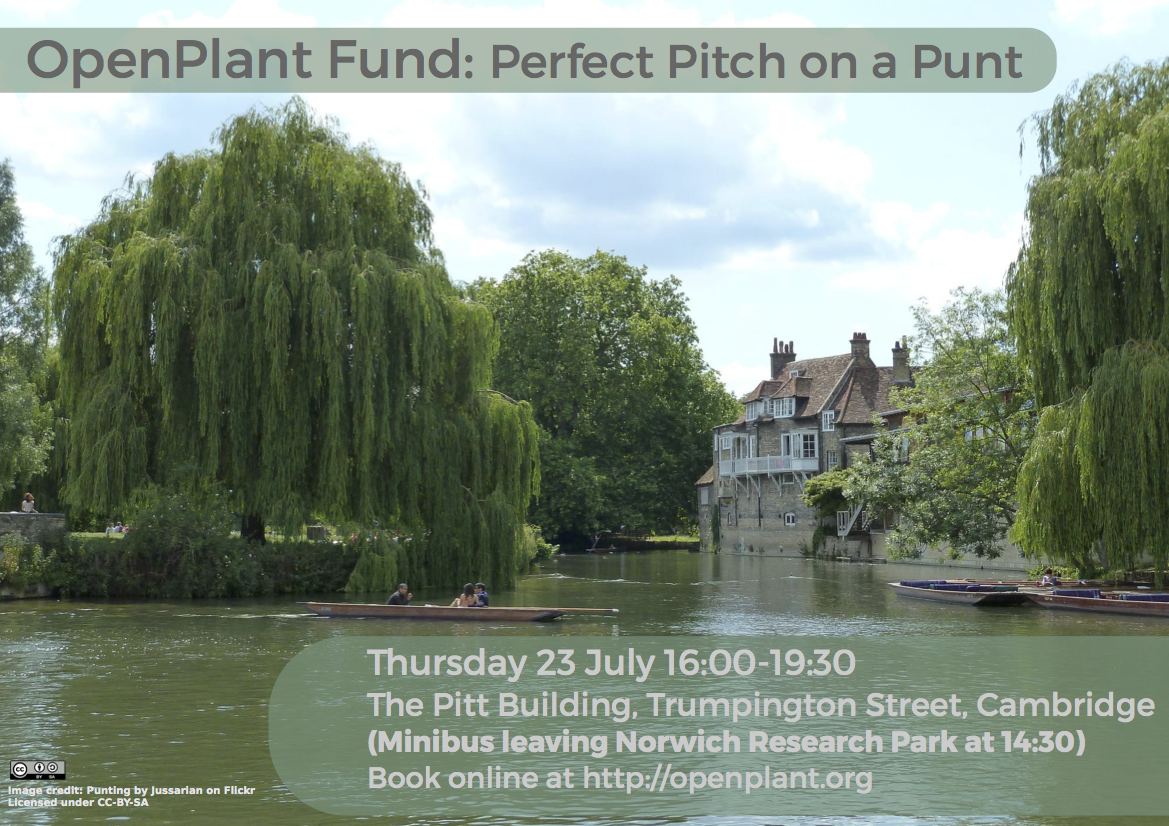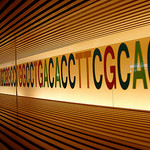See more at BBSRC website
In a landmark paper published today in the journal Metabolic Engineering Communications, scientists at Rothamsted Research have announced the first year results of the field-scale trial of Camelina oilseed plants genetically engineered to make omega-3 fish oils in their seeds.
Omega-3 fish oils specifically long-chain polyunsaturated fatty acids (omega-3 LC-PUFA) eicosapentaenoic acid (EPA) and docosahexaenoic acid (DHA) are acknowledged by the medical community to be beneficial components of the human diet. The primary dietary sources of EPA & DHA are marine fish, either wild or farmed (aquaculture). Although some types of omega-3 fats are available from other sources in the human diet (such as flax seeds), the nutritionally-beneficial omega-3 LC- PUFA EPA & DHA are only available from marine sources. Fish, like humans, accumulate the omega-3 fish oils by feeding on other organisms in the marine food chain or, in the case of farmed fish, through fishmeal and fish oil in feed.
Farmed fish is a rapidly growing sector, and today over half of the fish consumed worldwide comes from aquaculture. As the production of fish through aquaculture increases so does the need to find alternative sources of omega-3 fish oils. Rothamsted's new data – which demonstrates an important proof of concept that a crop plant can be engineered to synthesise these beneficial fatty acids in seeds – provides hope for sustainable land-based sources of omega-3 fish oils, thereby releasing pressure from the oceans.
Dr Olga Sayanova, the senior Rothamsted Researcher who developed the GM Camelina plants, commented: “We are delighted with the results of our first year field trial. Finding a land-based source of feedstocks containing omega-3 fish oils has long been an urgent priority for truly sustainable aquaculture. Our results give hope that oilseed crops grown on land can contribute to improving the sustainability of the fish farming industry and the marine environment in the future."
Rothamsted scientists, strategically funded by BBSRC, have already shown that they can successfully engineer Camelina sativa plants to produce non-native EPA and DHA, by introducing a set of seven synthetic genes based on the DNA sequences found in photosynthetic marine organisms. Although previous experiments in glasshouses had given positive indications for the performance of this trait, this trial demonstrated the stability of the trait and the ability of the GM Camelina plants to synthesise useful quantities of fish oils without any negative effects on yield. Monitoring of the plants grown in the field showed no obvious phenotypic differences in the growth, flowering or seed-set of the GM Camelina plants when compared to the non-GM control plants.
Professor Johnathan Napier, leading the GM Camelina programme at Rothamsted Research, said: “The omega-3 fish oil trait that we have developed is probably the most complex example of plant genetic engineering to be tested in the field. This is a globally-significant proof of concept and a landmark moment in the effort to develop truly sustainable sources of feed for fish farms.”
The field trial conducted at Rothamsted Research’s experimental farm continues this year. In the field this year two GM Camelina lines are sown as well as the non-GM controls. One line is the same as the one described in the current publication making EPA and DHA. The second one is a GM Camelina line that makes only EPA. Analyses and comparisons will be conducted between the two lines.
The field trial and the associated laboratory analyses are funded by the government-supported Biotechnology and Biological Sciences Research Council (BBSRC). The scientific paper published today is available in open-source format from the journal Metabolic Engineering Communications.

![[Closes 24 Nov 2107] Apply now to the OpenPlant Fund!](https://images.squarespace-cdn.com/content/v1/54a6bdb7e4b08424e69c93a1/1509564315902-TUO4I6QRWI9TT8UGSIAJ/OpenPlantTwitter_400x400+%281%29.jpg)

![[Closes 7 Mar 2017] OpenPlant Research Associate (Haseloff Lab)](https://images.squarespace-cdn.com/content/v1/54a6bdb7e4b08424e69c93a1/1486552818859-FH76MCA8SMFU93WB85RX/OpenPlantTwitter_400x400.jpg)


